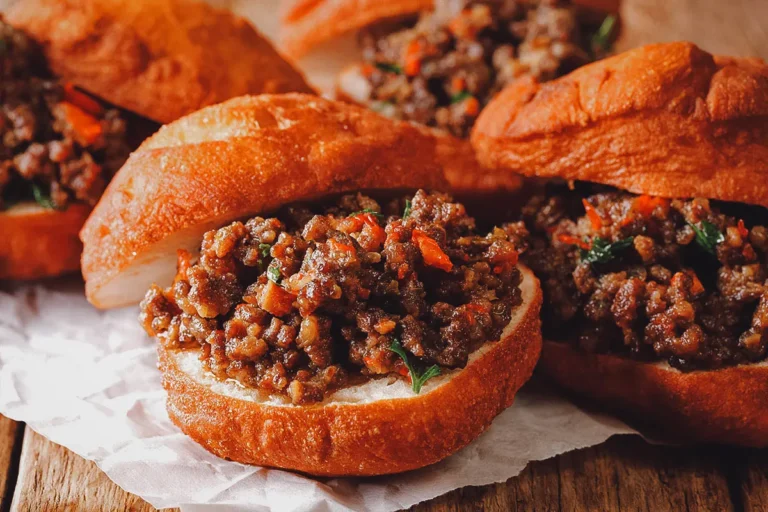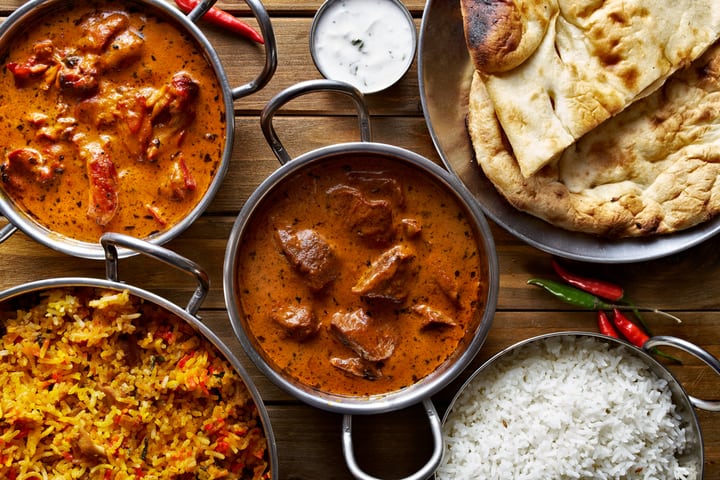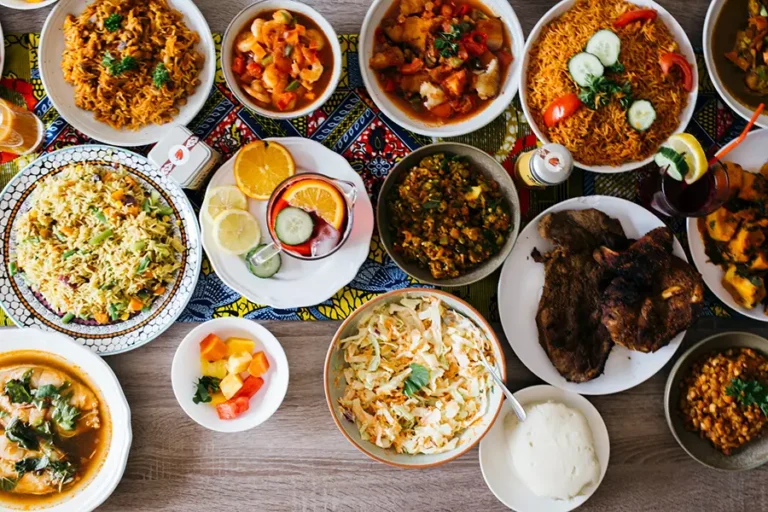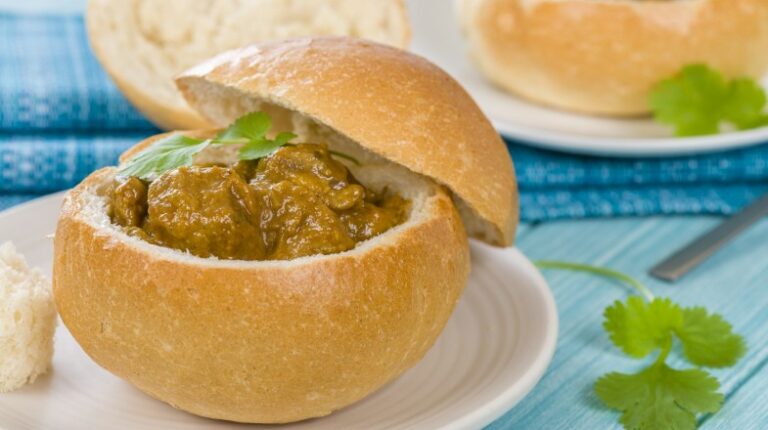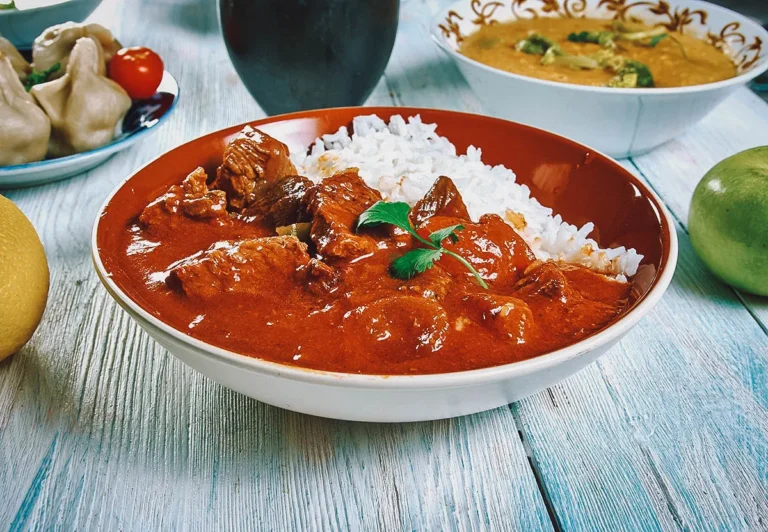Introduction: Understanding South African Cuisine
South African cuisine is a unique blend of different cultures that have influenced the country over the centuries. The indigenous people of South Africa have their own traditional dishes, but it is the Dutch, British, Indian, and Malay influences that have had a significant impact on the cuisine we see today. Of all the foods that are popular in South Africa, meat takes center stage. Beef, lamb, chicken, and game are all staples in many South African dishes.
Meat-Dominated Dishes in South African Cuisine
Braai, also known as a barbecue, is an essential part of South African culture, and meat is often the star of the show. Popular meat dishes include boerewors, which is a type of sausage made from beef, pork, and spices, and biltong, which is dried, cured meat strips. Other famous meat dishes include bobotie, which is a spiced meat dish with a savory custard topping, and potjiekos, which is a stew made with meat and vegetables.
Vegetarian Dishes in South African Cuisine
While meat is the star of the show in many South African dishes, there are vegetarian options available. South Africa has a wide variety of vegetables readily available, and many traditional dishes incorporate them. For example, chakalaka is a vegetable relish made with onions, tomatoes, peppers, and carrots. Another vegetarian option is samp and beans, which is a dish made with corn and beans.
Vegan Dishes in South African Cuisine
Finding vegan options in South African cuisine can be more challenging, but it’s not impossible. Some traditional dishes, such as pap, which is a type of porridge made from maize meal, are typically vegan. Other vegan options include pumpkin fritters, which are a delicious sweet treat, and butternut squash soup.
Popular Vegetarian and Vegan South African Dishes
One of the most popular South African vegetarian dishes is the bunny chow, which has its origins in the Indian community in South Africa. It is a hollowed-out loaf of bread filled with a curry made with vegetables or beans. Another popular vegetarian dish is the samoosa, which is a fried or baked pastry filled with vegetables or lentils. For vegans, there is the chakalaka, which is a spicy relish made with vegetables and beans, and the boerewors roll without the boerewors sausage.
Conclusion: Embracing Vegetarian and Vegan Options in South African Cuisine
South African cuisine may be meat-heavy, but there are vegetarian and vegan options available for those looking to try something new. While it can be challenging to find vegan options in some traditional dishes, there are still plenty of delicious options available. By embracing vegetarian and vegan options in South African cuisine, we can celebrate the diverse cultures that have shaped the country’s food scene and make it more accessible to everyone.


